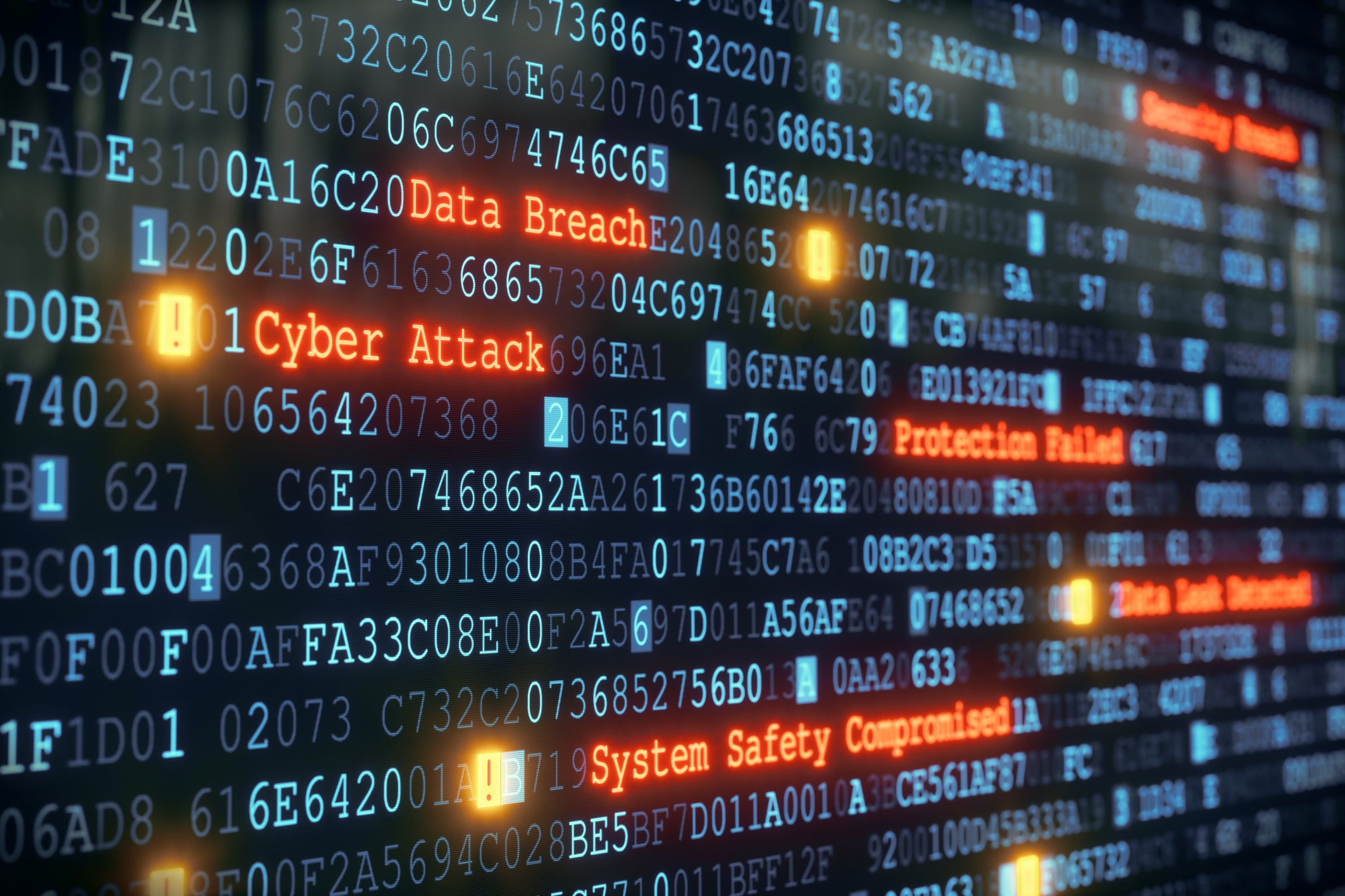In the ever-evolving world of cybersecurity, the ability to detect and respond to advanced threats is paramount for organizations of all sizes. Advanced Threat Detection and Response (ATDR) systems are at the forefront of this battle, providing the necessary tools and strategies to identify, assess, and neutralize sophisticated cyber threats. This article delves into the intricacies of ATDR, exploring its components, methodologies, and the crucial role it plays in safeguarding digital assets.
Understanding Advanced Threats

The Nature of Modern Cyber Threats
Advanced threats are characterized by their stealth, persistence, and sophistication. Unlike traditional threats, which are often more straightforward in their approach, advanced threats may employ a range of tactics, including zero-day exploits, advanced persistent threats (APTs), and sophisticated malware. These threats are designed to bypass conventional security measures, making their detection and neutralization a complex task.
The Evolving Threat Landscape
Cybercriminals are constantly evolving their strategies to exploit new vulnerabilities and evade detection. This evolution has led to an increase in the complexity and frequency of attacks, making it more challenging for organizations to protect their networks and data. The dynamic nature of these threats necessitates a proactive and adaptive approach to cybersecurity.
Components of Advanced Threat Detection and Response

Detection Technologies
ATDR systems utilize a variety of technologies to detect anomalies and potential threats. These include network traffic analysis, behavior analytics, machine learning algorithms, and signature-based detection. By analyzing patterns and identifying deviations from the norm, these technologies can flag potential threats for further investigation.
Response Strategies
Once a threat is detected, a swift and effective response is crucial. ATDR systems facilitate this by providing tools for incident response, including automated containment measures, threat intelligence sharing, and forensic analysis capabilities. These tools enable security teams to quickly understand the nature of the threat and take appropriate action to mitigate the risk.
Monitoring Internal Network Traffic: The Role of East-West Traffic

The Significance of East-West Traffic
In the context of network security, “east-west traffic” refers to the lateral movement of data within a network, as opposed to “north-south traffic,” which represents data moving in and out of the network. Monitoring east-west is critical in ATDR, as it helps in detecting threats that have bypassed perimeter defenses and are moving laterally within the network. This internal traffic can reveal suspicious activities, such as unusual data access patterns or attempts to escalate privileges, which are indicative of an advanced threat.
Implementing Effective Monitoring
Effective monitoring of east-west traffic involves deploying sensors and collecting data from various points within the network. This data is then analyzed to identify patterns and anomalies that could signify a breach or an ongoing attack. By focusing on internal traffic, organizations can detect threats that are already inside their network, enabling a more comprehensive defense strategy.
Integrating Threat Intelligence

The Importance of Threat Intelligence
Threat intelligence plays a crucial role in ATDR by providing contextual information about emerging threats and known attack vectors. This intelligence can come from a variety of sources, including industry reports, threat databases, and information-sharing communities.
Leveraging Intelligence for Enhanced Detection
By integrating threat intelligence into ATDR systems, organizations can enhance their detection capabilities. This integration allows for the identification of indicators of compromise (IoCs) and tactics, techniques, and procedures (TTPs) associated with advanced threats. It also aids in the prioritization of responses based on the severity and potential impact of the detected threats.
Adapting to a Changing Cybersecurity Environment
Embracing Advanced Analytics and AI
The integration of advanced analytics and artificial intelligence (AI) in ATDR systems marks a significant leap forward in threat detection capabilities. AI algorithms, particularly those based on machine learning, can process vast amounts of data at speeds and scales unattainable by human analysts. These algorithms are capable of identifying subtle patterns and correlations that might indicate a sophisticated cyber attack. By continuously learning from new data, AI-driven ATDR systems become increasingly effective over time, adapting to new threats as they emerge and reducing false positives.
The Challenge of Encrypted Traffic
As more organizations move towards encrypting their internal and external communications to protect data privacy, ATDR systems face the challenge of inspecting encrypted traffic. Traditional detection methods may be less effective against encrypted data streams, requiring new approaches. Solutions such as SSL/TLS inspection, which decrypts traffic at designated checkpoints for analysis before re-encrypting it, are becoming crucial. However, this raises privacy and compliance concerns that must be carefully managed. Balancing security with privacy is a delicate task, and organizations must ensure they adhere to legal and ethical standards while implementing these measures.
Proactive Threat Hunting
Beyond reactive measures, proactive threat hunting is integral to ATDR strategies. This approach involves actively searching for indicators of compromise or vulnerabilities within an organization’s network that could be exploited by attackers. Threat-hunting teams use a combination of automated tools and human expertise to scour networks for hidden threats, often uncovering risks that automated systems alone might miss. This proactive stance not only helps in identifying and mitigating threats before they cause significant damage but also aids in refining the overall security posture of the organization.
These additional strategies highlight the dynamic nature of ATDR and the need for continuous adaptation and innovation in the face of sophisticated cyber threats. As the cybersecurity landscape evolves, so too must the tools and techniques used to protect critical digital assets.
The Human Element in ATDR

The Role of Cybersecurity Teams
While technology is a critical component of ATDR, the human element cannot be overlooked. Skilled cybersecurity professionals are essential for interpreting data, managing response strategies, and adapting defenses based on evolving threats. Continuous training and awareness programs are vital to ensure that these teams remain equipped to handle advanced threats.
Collaboration and Communication
Effective ATDR also involves collaboration and communication within and between organizations. Sharing information about threats and best practices can help in building a more robust cybersecurity community, better equipped to face collective challenges.
Conclusion
Advanced Threat Detection and Response is a critical component of modern cybersecurity strategies. By understanding the nature of advanced threats and implementing comprehensive detection and response systems, organizations can better protect themselves against the sophisticated cyber attacks of today and tomorrow.
Monitoring internal network traffic, particularly east-west traffic, integrating threat intelligence, and emphasizing the human element in cybersecurity are key to building a resilient and responsive security posture. As cyber threats continue to evolve, so must our approaches to detecting and responding to them, ensuring a safer digital environment for all.











